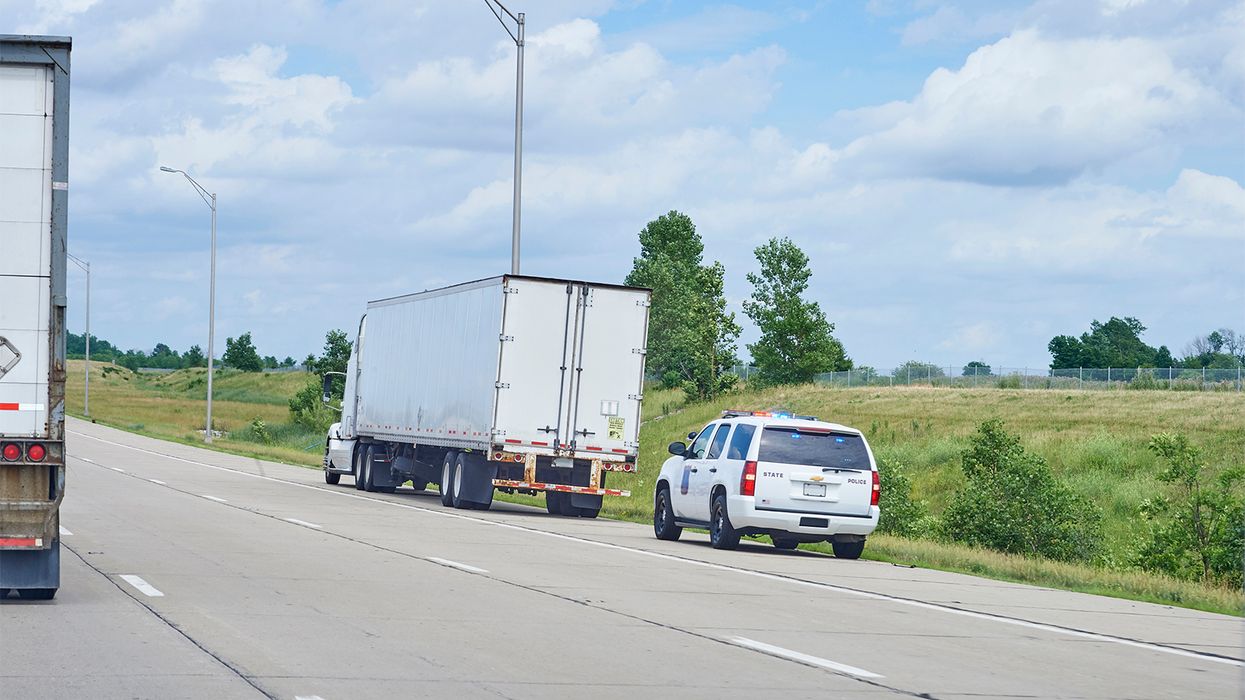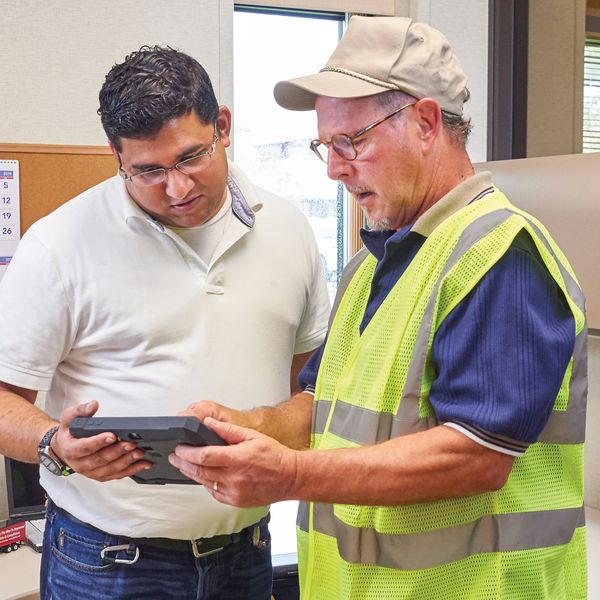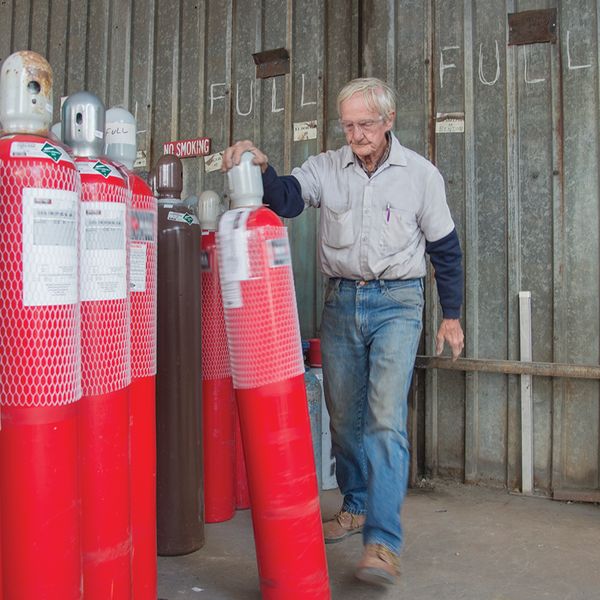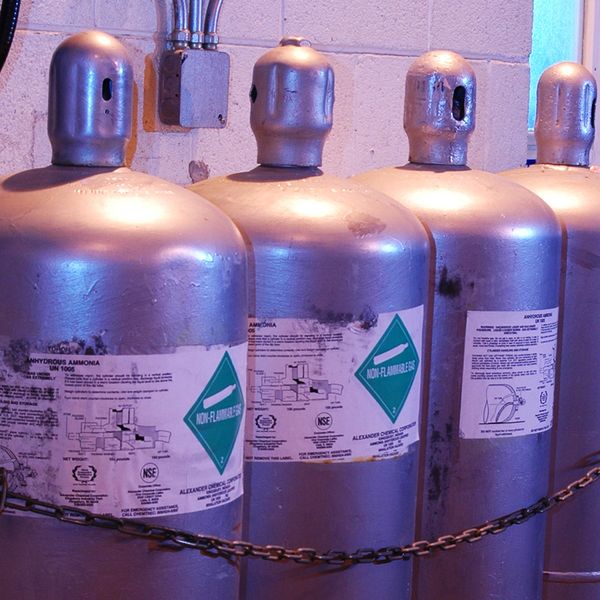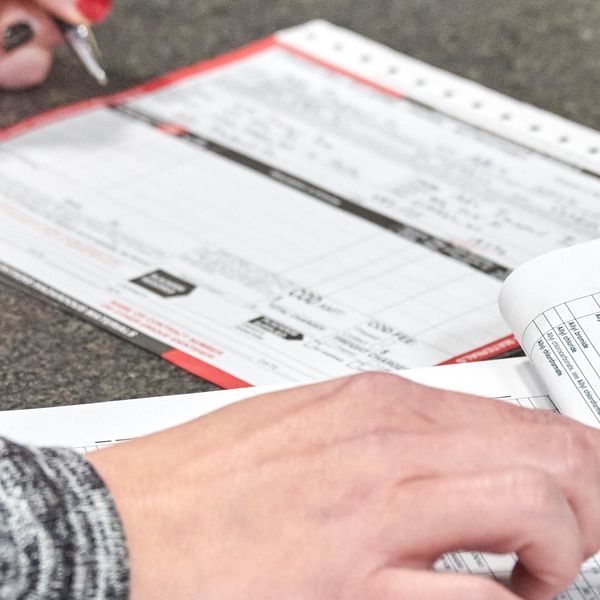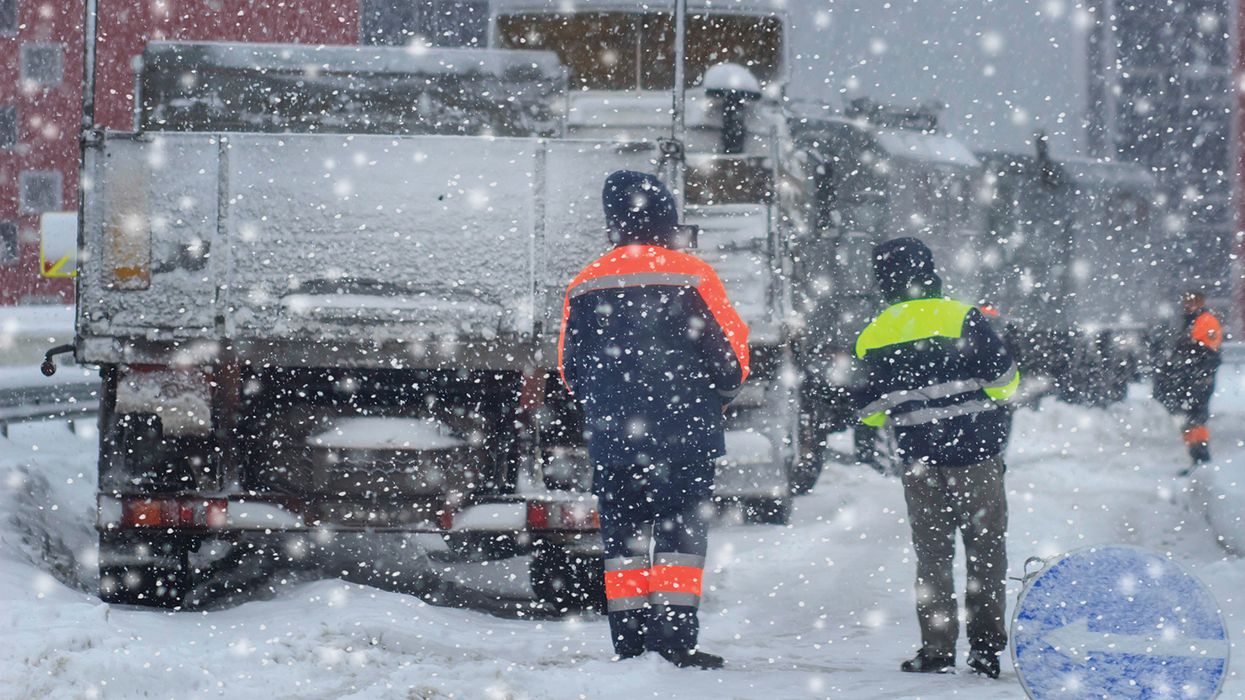Understanding PHMSA's new enforcement policy
A new hazmat enforcement policy accounts for changes to international standards on transporting hazardous materials. This Pipeline and Hazardous Materials Safety Administration (PHMSA) policy addresses the upcoming compliance with the 2025–2026 International Civil Aviation Organization's Technical Instructions for the Safe Transport of Dangerous Goods by Air (ICAO Technical Instructions) and the latest Amendment 42-24 of the International Maritime Dangerous Goods Code (IMDG Code).
Currently, the Hazardous Materials Regulations allow the use of the 2023–2024 ICAO Technical Instructions and Amendment 41-22 of the IMDG Code. However, PHMSA is evaluating the inclusion of the 2025–2026 ICAO Technical Instructions and Amendment 42-24 of the IMDG Code in a future rulemaking. Until then, they won't penalize anyone using the new 2025–2026 standards for air and sea transport, provided they follow all the rules in 49 CFR Part 171, Subpart C.
Why it matters
The ICAO Technical Instructions and IMDG Code are crucial for ensuring the safe transport of hazardous materials internationally by air and vessel respectively. By aligning with these updated standards, PHMSA is trying to enhance safety and streamline compliance for companies involved in global trade.
Rail and highway transport
For those transporting by rail and highway within the U.S., PHMSA also won't enforce against using the new standards. Just make sure your shipments are properly documented, labeled, and include emergency response information. Be sure to keep the following in mind:
- Documentation: Ensure all shipping papers are accurate and up to date.
- Labeling: Proper labeling is essential to avoid confusion and ensure safety.
- Emergency response info: Always include detailed emergency response information to handle any incidents effectively.
Special items like UN3559 and UN0514, "Fire Suppressant Dispersing Devices," need approval from the Associate Administrator as required by 49 CFR §173.56.
Coordination and duration
This policy has been coordinated with the Federal Aviation Administration, Federal Motor Carrier Safety Administration, Federal Railroad Administration, and the United States Coast Guard. It will stay in effect until further notice. By working with these agencies, PHMSA ensures a unified approach to hazardous materials transport, reducing the risk of regulatory conflicts, and enhancing overall safety.
How to prepare
To get ready for these changes:
- Stay updated: Periodically check the regulatory websites and sign up for newsletters and updates from industry groups to stay on top of regulatory changes.
- Tip: Set up alerts for any updates related to hazardous materials regulations to ensure you don't miss important announcements.
- Provide training: Offer training sessions for your employees to ensure they understand the new standards and compliance requirements. This could be through workshops, webinars, or online courses.
- Tip: Consider using interactive training methods like simulations or role-playing to make the learning process more engaging.
- Consult experts: Work with regulatory experts or consultants who can guide you on the new standards and help ensure compliance.
- Tip: Choose experts with specific experience in hazardous materials transport to get the most relevant advice.
- Coordinate with partners: Communicate with carriers, suppliers, and other partners to make sure they are also aware of and ready for the changes.
- Tip: Hold regular meetings or calls with your partners to discuss progress and address any concerns.
Key to remember: PHMSA will not take enforcement action provided you comply with the most current ICAO Technical Instructions and/or IMDG Code.

